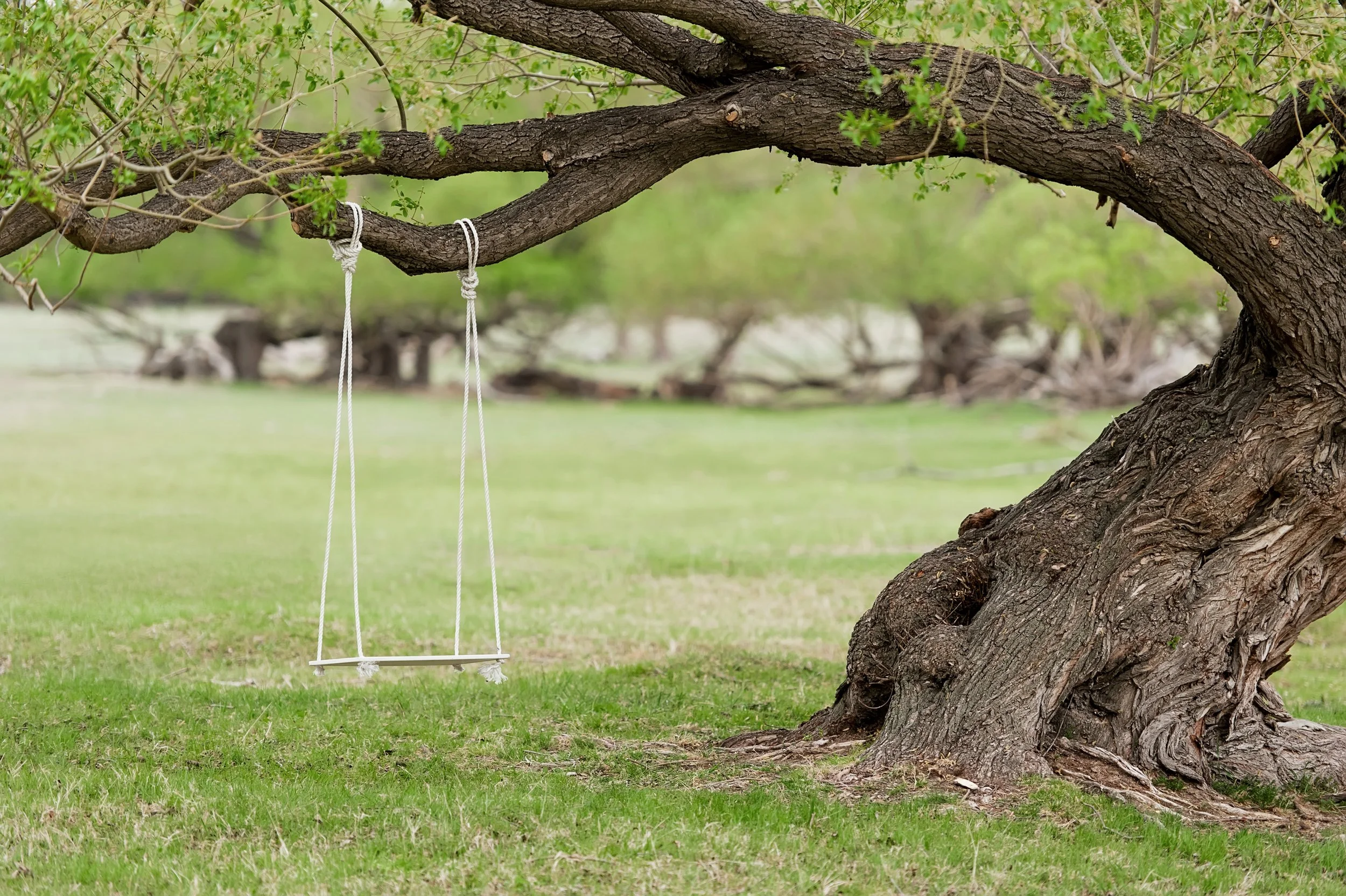Commonly Asked Questions About Adult Tree Swings
Adult tree swings can provide hours of enjoyment for people of all ages. They give us the ability to take a break from our hectic lives and enjoy the great outdoors.
Not to mention, they reconnect us to our inner child that used to swing as high as we possibly could without a care in the world.
Here are some of the most commonly asked questions about adult tree swings:
How Do You Make an Adult Tree Swing?
There are a few different ways to make an adult tree swing. You can use a swing frame or build your own swing frame.
If you want to use a swing frame, you will need to purchase one or build one yourself. Building a swing frame is a relatively easy project usually completed in a weekend. You can find plans for swing frames online or in some home improvement stores.
If you want to build your own swing frame, you will need to purchase some lumber and hardware. You can avoid all of this by buying a pre-made kit. These kits come with everything you need to build the frame, including the lumber, hardware, and instructions.
Two of the best adult swing kits are the Vivohome 41 Inch Saucer Tree Swing and the Happy Pie Play and Adventure Hanging Swing.
The Vivohome 41 inch Saucer Tree Swing can hold up to 600 pounds and can be hung from a tree limb or swing set.
Made of 900D oxford and black PP (polypropylene) mesh fabrics with steel frames, this tree swing has a padded seat for comfort and is large enough for an adult to kneel comfortably.
The Happy Pie Play and Adventure Hanging Swing can also hold up to 300 pounds and be hung from a tree limb or swing set. It is made of polyethylene, nylon, and wood. The fixed wood seat has 16 screws to ensure it will not move.
Both of these swings also come with safety chains and ropes to keep you safe while swinging.
Next, select a tree in your yard that is strong and has low-hanging branches. Ensure the tree is at least 8 feet tall and 8 inches thick.
Now it’s time to assemble your swing. If you purchased a swing kit, follow the instructions that came with it. If you are building your own swing frame, use the plans as a guide.
Once the frame is assembled, attach the seat to the frame using chains or ropes. Test the security of the seat before swinging on it.
Test your new swing out by swinging it gently at first. Once you are confident that it is safe, give it a try with some more speed. Just remember to always use caution when swinging.
Is Rope or Chain Better for a Tree Swing?
This is a matter of personal preference. Some people prefer to use rope because it is softer and more comfortable to grip. Others prefer chains because it is more durable and less likely to break.
It is also essential to consider the type of tree you are attaching the swing to. If you have a softwood tree, such as pine or cedar, it is best to use a rope. If you have a hardwood tree, such as an oak or maple, it is best to use a chain.
How Thick Should a Tree Branch Be for a Swing?
A tree branch needs to be at least 8 inches thick to support a person's weight swinging on it. The tree must be in good health and free of any dead branches.
If you are unsure if a tree branch is strong enough to support a swing, it is best to stay on the side of caution and use a swing frame instead.
What Is a Good Tree for a Swing?
There are a few things to consider when choosing a tree for a swing. The most important thing is that the tree is strong and healthy. It should also have low-hanging branches.
Some good trees for swings include maple, oak, and cedar. Avoid using softwood trees, such as pine, as they are not as strong and can be more prone to breakage.
How Wide Should a Tree Swing Be?
A tree swing should be at least eight inches wide with a one-inch depth to support a full-sized adult safely. You want to make sure the swing is wide enough to provide enough sturdiness to handle your weight without being too wide and bulky.
How High Can You Hang a Tree Swing?
One rule of thumb is to hang your tree swing at least three feet above ground level. This will ensure that smaller children cannot reach it and swing on it unsupervised.
You can hang your swing a little higher if you have a taller tree. Just make sure it is still safe and within reach for adults to safely get in and out of it.
Can My Tree Hold a Swing?
The truth is that there is no surefire way to know if your tree can hold a swing and for how long. However, you want to ensure that you take the necessary steps to hang your swing safely.
The best way to determine if your tree can hold a swing is to consult with an arborist. An arborist is a professional that specializes in the care and maintenance of trees. They can assess your tree's health and tell you if it is strong enough to hold a swing.
An arborist can tell you your tree's health and if it is strong enough to support a swing.
If this isn't an option for you, ensure that the tree is at least eight inches thick. Test the branch that you will be attaching the swing to by gently shaking it.
If it feels sturdy and does not move much, load your total weight onto it. If the branch sags or moves significantly, it is not safe to use it for a swing.
What Kind of Tree Is Best for a Swing?
In most cases, the best trees for a swing are strong and dated with size and strength. Here are some of the best trees for a swing:
Cedars
Oaks
Maples
Sycamore
Beech
Wrapping Up
Now that you know the basics about tree swings, it's time to get out there and enjoy some outdoor fun! Swings are a great way to get some exercise and enjoy the fresh air. Just be sure to take the necessary precautions to ensure your safety.

